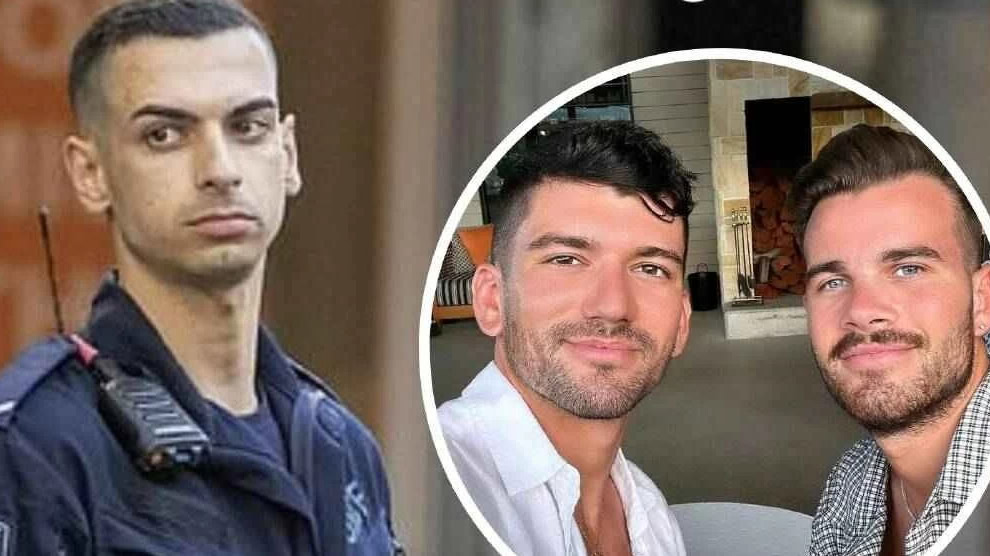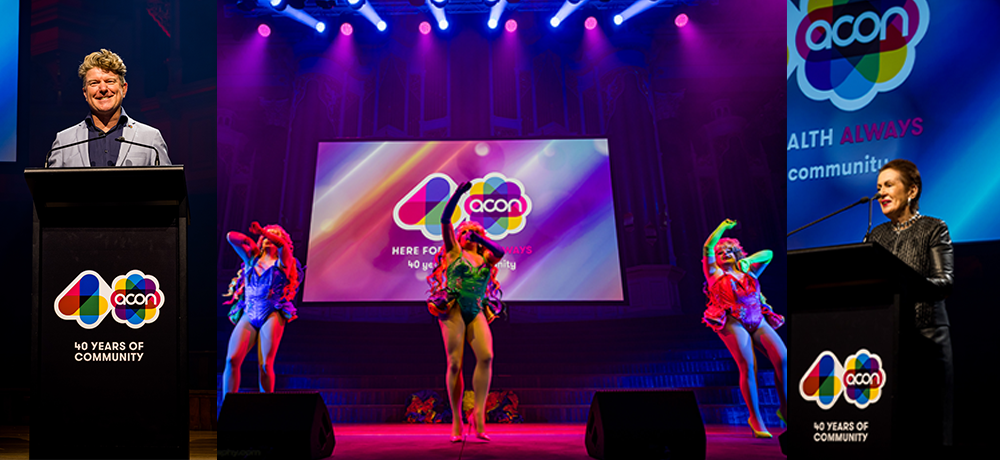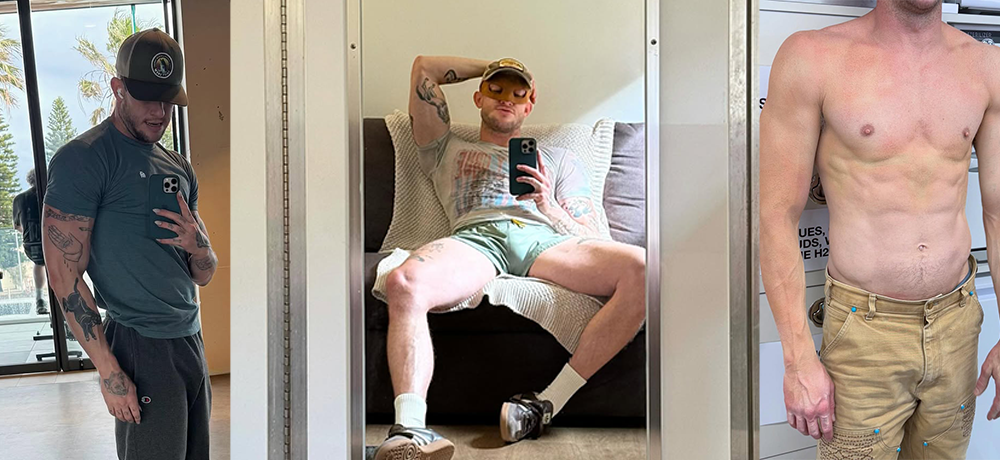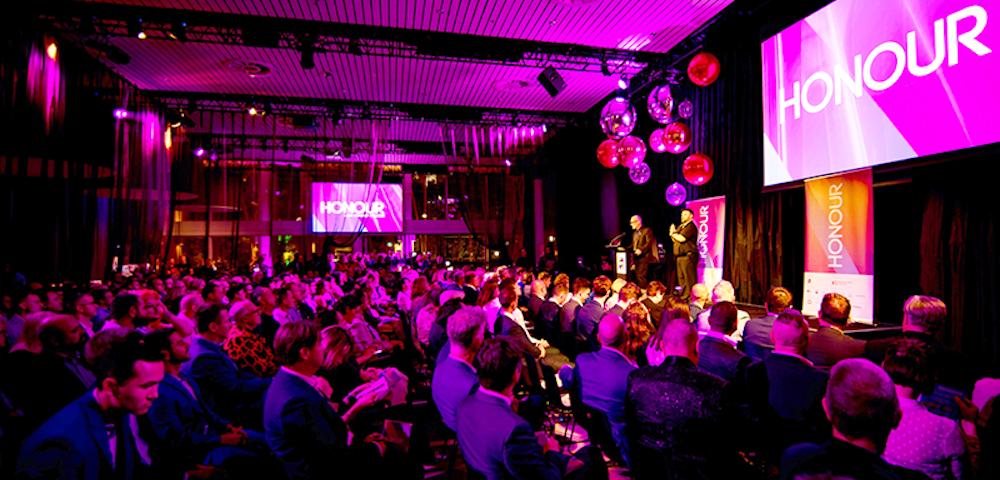
The legacy of Toonen v Australia
A landmark victory by Australian activists 15 years ago this month turned human rights for gay men and lesbians into an international standard and an everlasting part of the UN agenda.
The UN Human Rights Committee’s 1994 Toonen v Australia decision was the first by a global body to say gay rights were protected. Laws criminalising homosexuality, like those in Tasmania at the time, were now said to breach the right to privacy in the International Covenant on Civil and Political Rights.
From its low-key unexpected arrival by fax at the Hobart office of campaigners Nick Toonen and Rodney Croome on 8 April, the decision became front page news of every major Australian daily newspaper when they went public three days later.
ANU senior law lecturer Wayne Morgan, who advised the activists on their complaint, says it had even greater implications than just sodomy laws.
They basically said gay men and lesbians were entitled to the full protection of human rights treaties, including the rights to equality, rights to family life, lots of areas that gay men and lesbians continuously complain about, Morgan said.
That had a very important impact globally because up until that stage governments had argued that gay and lesbian rights were not included. But after that case governments could no longer make that argument.
The HRC began asking all 174 countries that had signed the treaty about their treatment of gay men and lesbians as part of compulsory three-year periodic reports that go with the treaty.
That applies to countries like the US and also Indonesia that still have laws against homosexuality. It put human rights of gay men and lesbians firmly onto the UN agenda, Morgan said.
But the problem with international law, as the Tasmanian activists soon discovered, was the difficulty of enforcement. The then Commonwealth Labor government had incorporated the privacy right into federal law, described by then foreign minister Gareth Evans as an act of last resort, but the Tasmanian Liberal government still refused to repeal the state sodomy law. For Toonen, Croome and fellow campaigner Richard Hale, this was not yet a victory.
Even though the law couldn’t be enforced, it was used as an excuse to block safe sex material for gay men, anti-homophobia material in schools, gay men from visiting their partners in hospital, Toonen said.
Lesbians were also punished under the restrictions, despite the law not criminalising same-sex female sexuality.
Toonen was also general manager of the Tasmanian AIDS Council, which was stymied in its work due to restrictions on using public funds to target gay men. When the Australian government opened up access for its citizens to appeal human rights abuses directly to the HRC in 1991, Toonen allowed his name to be used. The complaint was sent on Christmas Day in 1991, the first from Australia and the first dealing with sexual orientation from anywhere in the world.
Michael Kirby, who was then president of the NSW Court of Appeal, had doubts the HRC would even consider the complaint and advised Toonen against the move -” and now says he’s thankful that advice was ignored. To many people’s surprise, the HRC agreed to consider the case and global media attention fell on the island state.
The international criticism became a disaster for the newly elected Tasmanian Liberal government, which demanded Toonen be sacked or they would further restrict funds from the AIDS Council. But he was not the first casualty of the campaign.
Earlier in the campaign 130 people were arrested for protesting after a gay rights stall was banned from the Salamanca Markets in Hobart, citing the unenforced sodomy law.
Politicians from both major parties were strong supporters the sodomy law for its symbolic value in a climate where gay rights were still not supported by a majority of Tasmanians.
Groups had formed to front the opposition to gay law reform, organising large town-hall meetings where homosexuality was condemned as a gateway to pedophilia and the collapse of civilisation. Although many members were Christian, the organisations were not, with names like For A Caring Tasmania (FACT), Homophobic Activists Liberation Organisation (HALO) and Concerned Residents Against Moral Pollution (CRAMP).
Toonen, Croome and Hale had also formed the Tasmanian Gay and Lesbian Right Group after environmental campaigner Bob Brown spoke at a gay rights forum. They arranged for their supporter base to attend every event organised by their opponents. Croome said this was so the media, which was following the issue on almost a daily basis, could present their side too.
There were times when the television camera crews were the only thing that kept us safe. The images of them holding baseball bats really said it all, Croome said.
A breakthrough happened two years later in 1996 when the Liberal Govern-ment was returned as a minority government under Premier Tony Rundle. Tasmania’s food producers were hurting from pro-equality boycotts from the mainland, and the state’s economy was in distress. It’s claimed that the producers went into a meeting with Rundle demanding something be done to end the boycotts. By then, the Labor opposition had also become strong supporters of gay law reform and conservatives in the Liberals were the last barrier.
Then Tasmanian Greens leader Christine Milne, who now held the balance of power, had also stepped up pressure on Rundle.
Rundle came to me to ask what I wanted in order to pass the budget. There were things in that budget that we didn’t like so it wasn’t easy for us. I said I wanted gay law reform, Milne said.
Almost three years after the HRC decision, the Tasmanian government agreed to offer a conscience vote on a Green-sponsored bill repealing the sodomy law, but Milne said there were still conditions.
In order to secure the reforms she had to find a way to save face for the Attorney-General who had opposed the reform and her bill at every step. In an exhaustive public forum, she agreed to downgrade parts of her bill as a compromise, but now admits that was just for show. No media asked about the fictitious removed parts.
But there was still a body that had no intention of following the HRC decision: the Tasmanian upper house, where efforts had failed several times and elections were rare.
Rundle promised to get the bill through the upper house, but Croome and Toonen still nervously watched as homophobic amendments were added and debated. One by one, the amendments were voted down and on a day when several conservative MLCs were away, the bill finally came to a vote on 1 May 1997. It passed by one vote.
Outside the Parliament, the television cameras were waiting.
After almost 10 years talking about the issue incessantly there was nothing left to say, except that we were happy, Croome said.
With nothing left to say, I just burst into tears. I’d been scrupulous over 10 years never showing any emotion, because I didn’t think that served our cause. But I couldn’t stop myself at that moment.
The Toonen v Australia decision has since been cited in the US and South Africa to overturn sodomy laws. South Africa’s High Court also cited it when it ruled in favour of same-sex marriage.
While many developing countries still hadn’t adopted gay rights as human rights, Morgan said the decision will be there for local campaigners when they need it and the treaty cannot be wound back now it supports gay rights.










This is why I vote Green! Gillard and Rudd have both used the Bible to make our birth a punishment, and not even included us in the Federal Equal Opportunity Act, let alone give us the fundamental right to get married. The Greens have constantly being trying to end the homophobia of Liberal and Labor governments, dragging them kicking and screaming into the reality we are all born equal, and governments have no place abusing us, simply because of our sexuality.
Great article! However, the sentence towards the end where you say that “South Africa’s High Court also cited it [Toonen v. Australia] when it ruled in favor of same-sex marriage” is misleading. It makes it sound like the Constitutional Court of South Africa cited it in the landmark decision, Minister of Home Affairs and Another v Fourie and Another, where a ban on same-sex marriage was held to be unconstitutional. However, the Court did not cite this case. Perhaps you are referring to one of the several High Courts in South Africa, but those are the lowest courts of general jurisdiction in each of South Africa’s several provinces, and their decision on the constitutionality of same-sex marriage is not controlling. Thus, it’s misleading. I would just suggest that the sentence be made more clear.
Early laws in Australia were based on then-current laws in Britain, which were inherited upon colonisation in 1788. Lesbianism was never illegal in Britain nor its colonies, including Australia. Sodomy laws, however, were part of Australian law, from 1788 through to 1994 under Human Rights (Sexual Conduct) Act 1994. The punishment for “buggery” (sodomy) was reduced from execution to life in prison in 1899.[3]
Thanks Ben for reminding me. I will now include what you said as well from today – thanks again Ben!!!
Great Post Paul but there are a few rights that have not been mentioned.
1) Federal legislation banning the practice of sexuality conversion therapies.
2) The removal of religous excemptions from the equal opportunities act.
3) Equal rights for gender minorities (The transgender and Intersexed) and for PLWHA.
4) Adding mandatory queer theory, anti homophobia programs and inclusive sex ed to the corriculum of all schools nationwide.
5) Lifting the ban on men who have sex with men from donating blood.
6) Automatic asylum from LGBTIQQ people who are fleeing the imprisonment and or the death penalty because of the LGBTIQQ Identity.
7) Removal of the gay panic defense as a legal argument.
Marriage and parenting rights are not the only issues of inequality our communities face.
Nick Toonen, Rodney Croome and Michael Kirby are three men with the balls to stand-up to a very anti-gay Government that has treated us like shit for years (and for years more to come with Marriage). It is now high-time to FIGHT-THE-FIGHT for Marriage!!! From 1 May 2009, it will be my second year in being a 22 year old gay activist fighting for:
* “Prosuption of parentage” rights for lesbians who went under IVF in SA, TAS and QLD;
* Adoption rights in SA, NSW, NT, QLD, VIC and TAS (full joint needed, in TAS some provisions allow adoption);
* “Relationship registories” (based on the best Tassie and Victorian models) in NSW, NT, WA, QLD, SA and then eventually the Commonwealth Government;
* Federal anti-discrimination legislation;
* A ‘grandparent’ clause in social security;
* Finally FULL “gender-neutral” or “genderless” MARRIAGE – NO CIVIL UNIONS!!!!
A fair-go for gays is way way long-overdue in 2009 – It is time to stick-it-up Kevin Rudd!!!!
I DO NOT SUPPORT SEPERATE-BUT-EQUAL AS SUBSITUTES FOR MARRIAGE!!! FULL MARRIAGE IS BEST, THERE IS NO SUBSITUTE FOR MARRIAGE!!!
Thanks Harley for the great story – all seems like just yesterday!
A wonderful story that shows determination and persistance can prevail. Thankyou Harley for so beautifully reminding us of this important part of LGBT history in Australia.